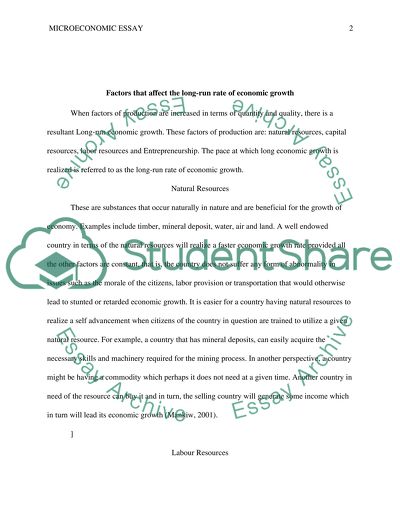Cite this document
(“Factors that affect the long-run rate of economic growth Essay”, n.d.)
Factors that affect the long-run rate of economic growth Essay. Retrieved from https://studentshare.org/macro-microeconomics/1475261-macroeconamic-essay
Factors that affect the long-run rate of economic growth Essay. Retrieved from https://studentshare.org/macro-microeconomics/1475261-macroeconamic-essay
(Factors That Affect the Long-Run Rate of Economic Growth Essay)
Factors That Affect the Long-Run Rate of Economic Growth Essay. https://studentshare.org/macro-microeconomics/1475261-macroeconamic-essay.
Factors That Affect the Long-Run Rate of Economic Growth Essay. https://studentshare.org/macro-microeconomics/1475261-macroeconamic-essay.
“Factors That Affect the Long-Run Rate of Economic Growth Essay”, n.d. https://studentshare.org/macro-microeconomics/1475261-macroeconamic-essay.


